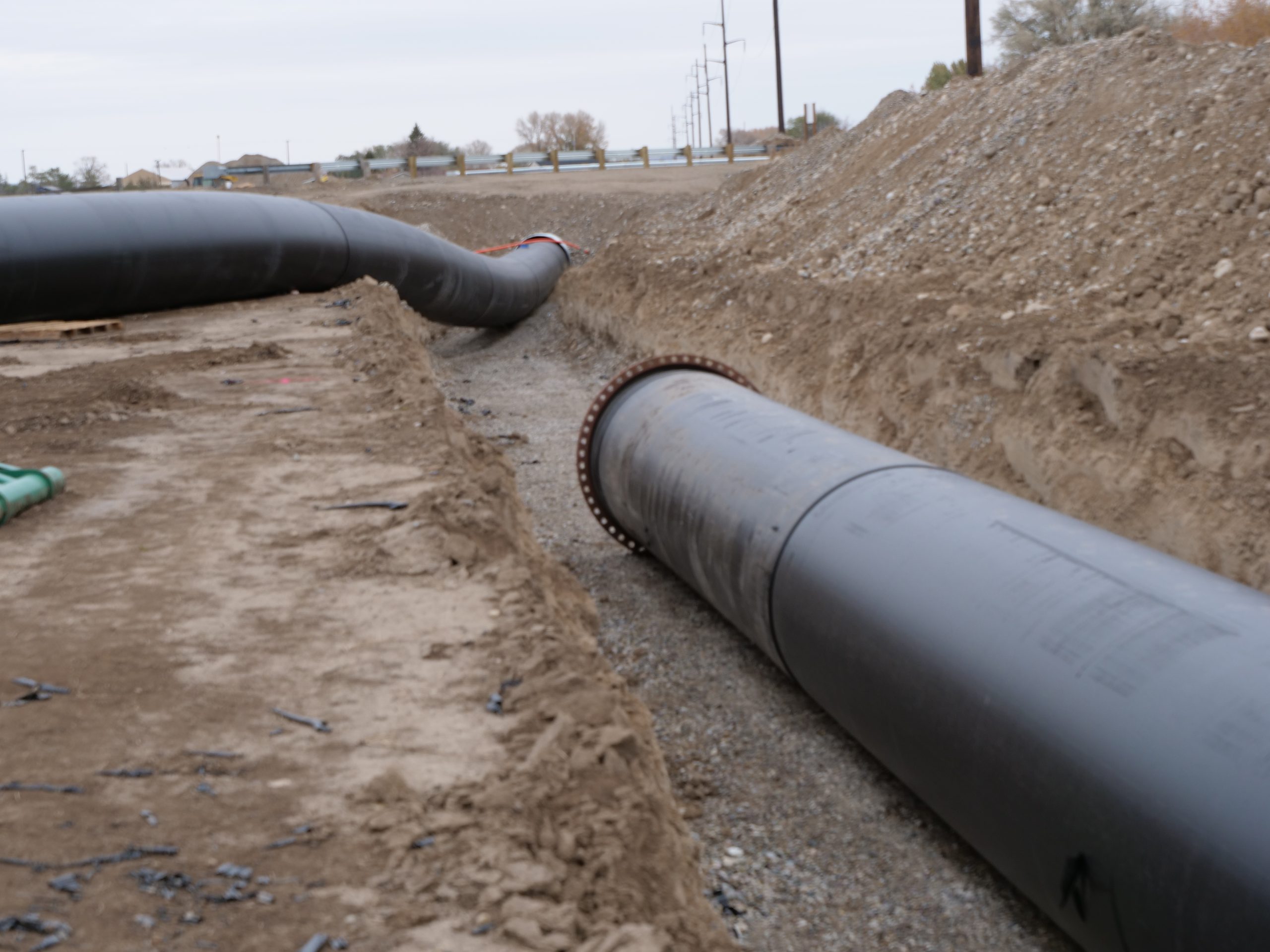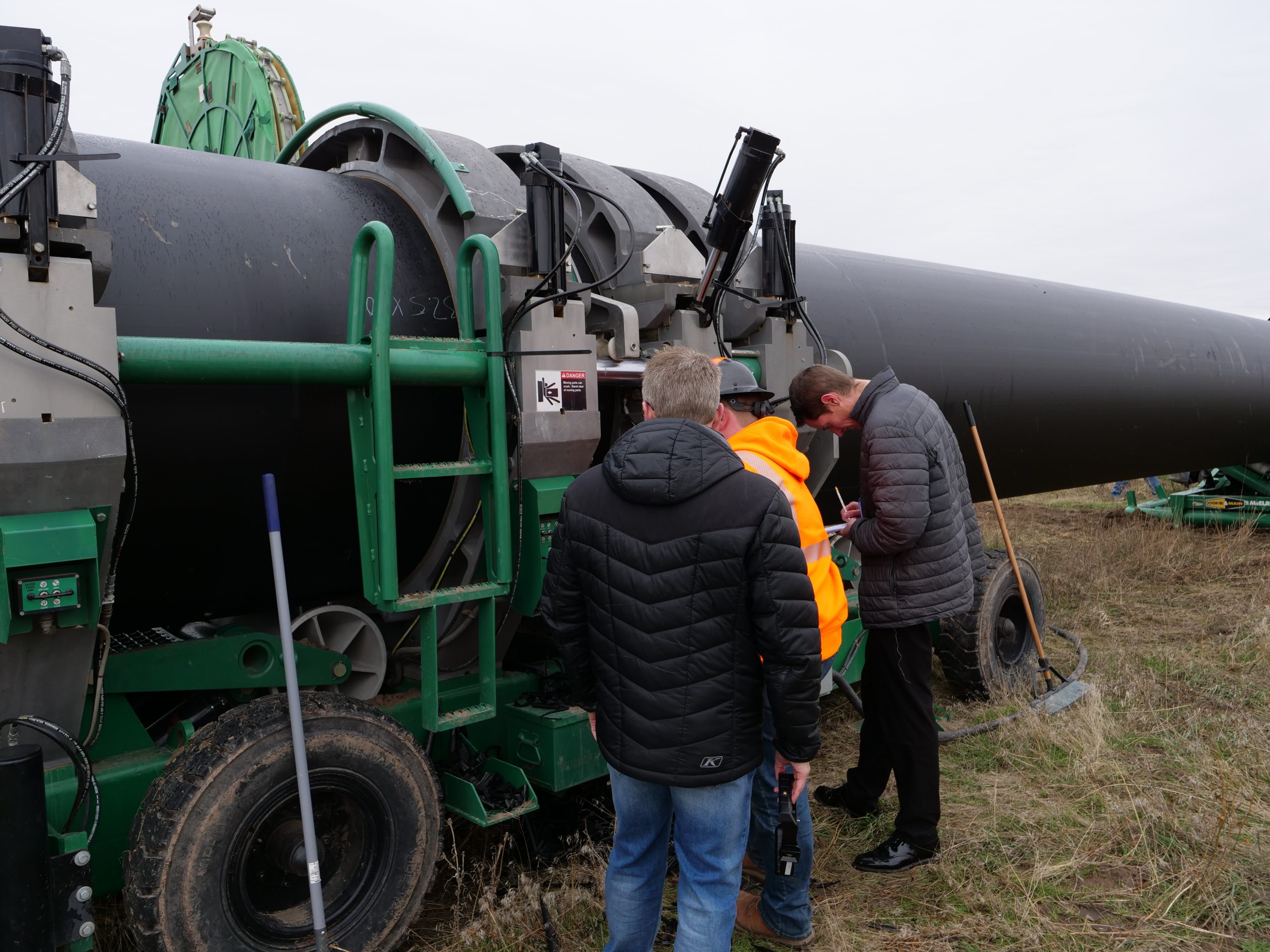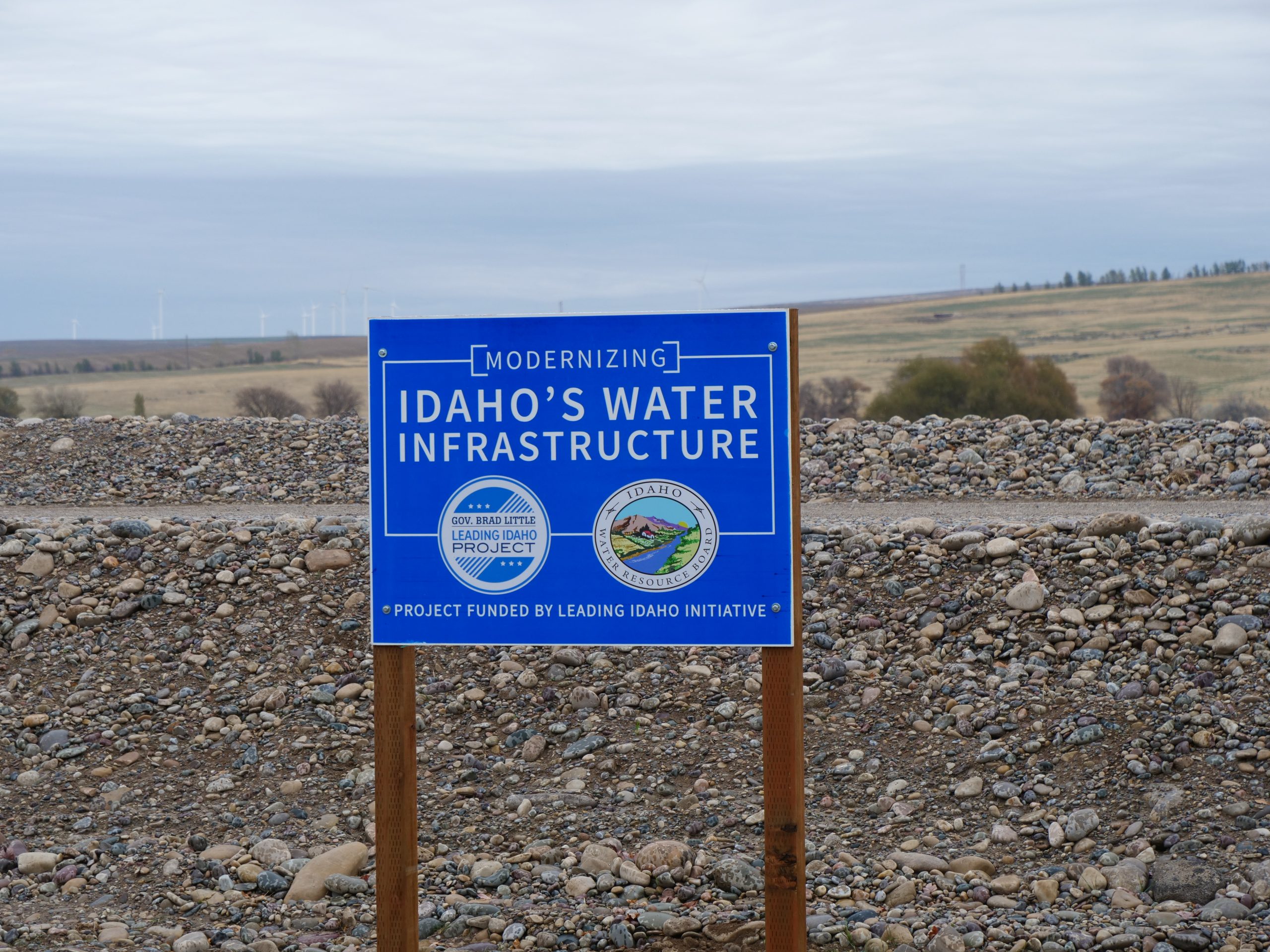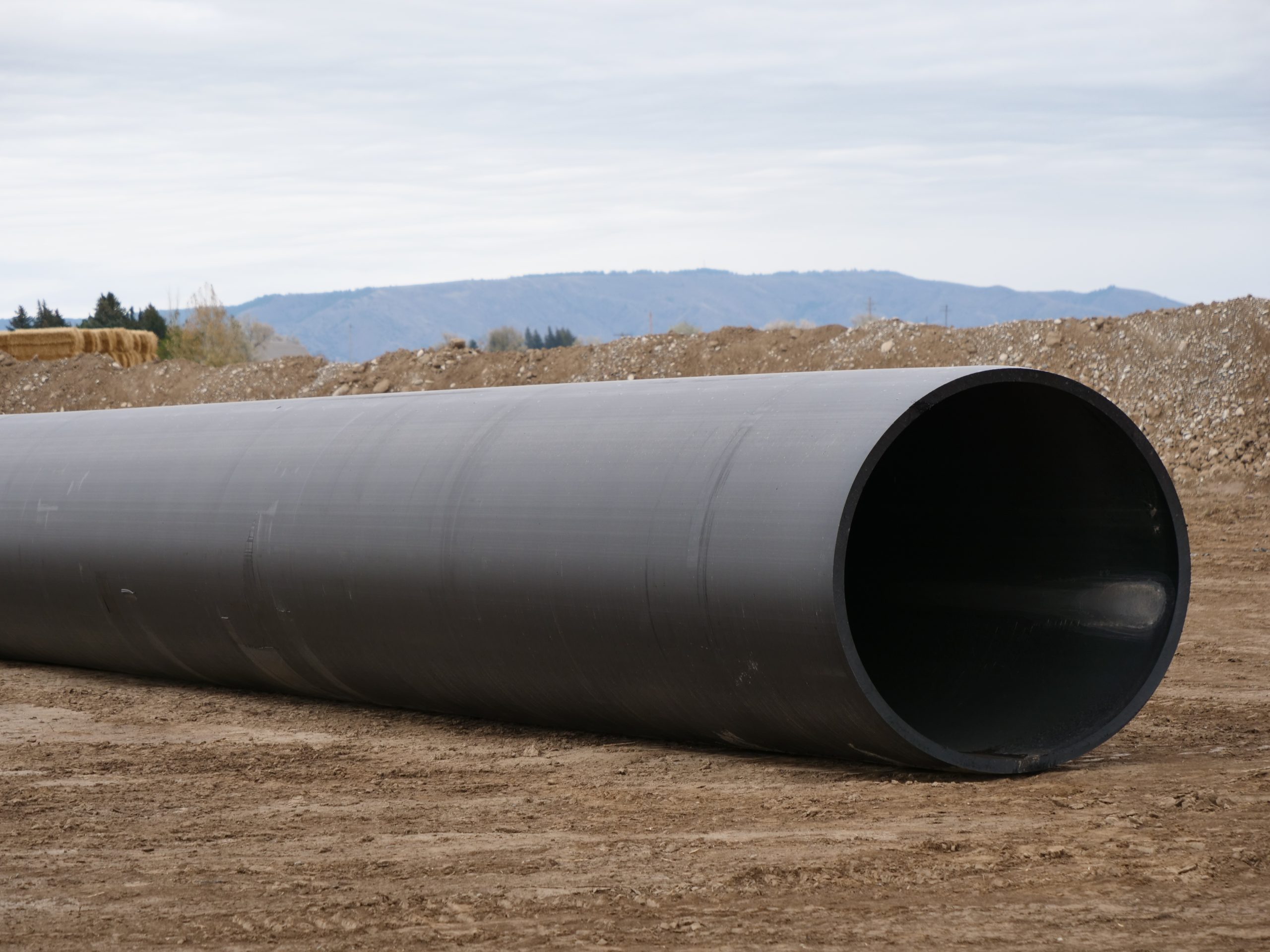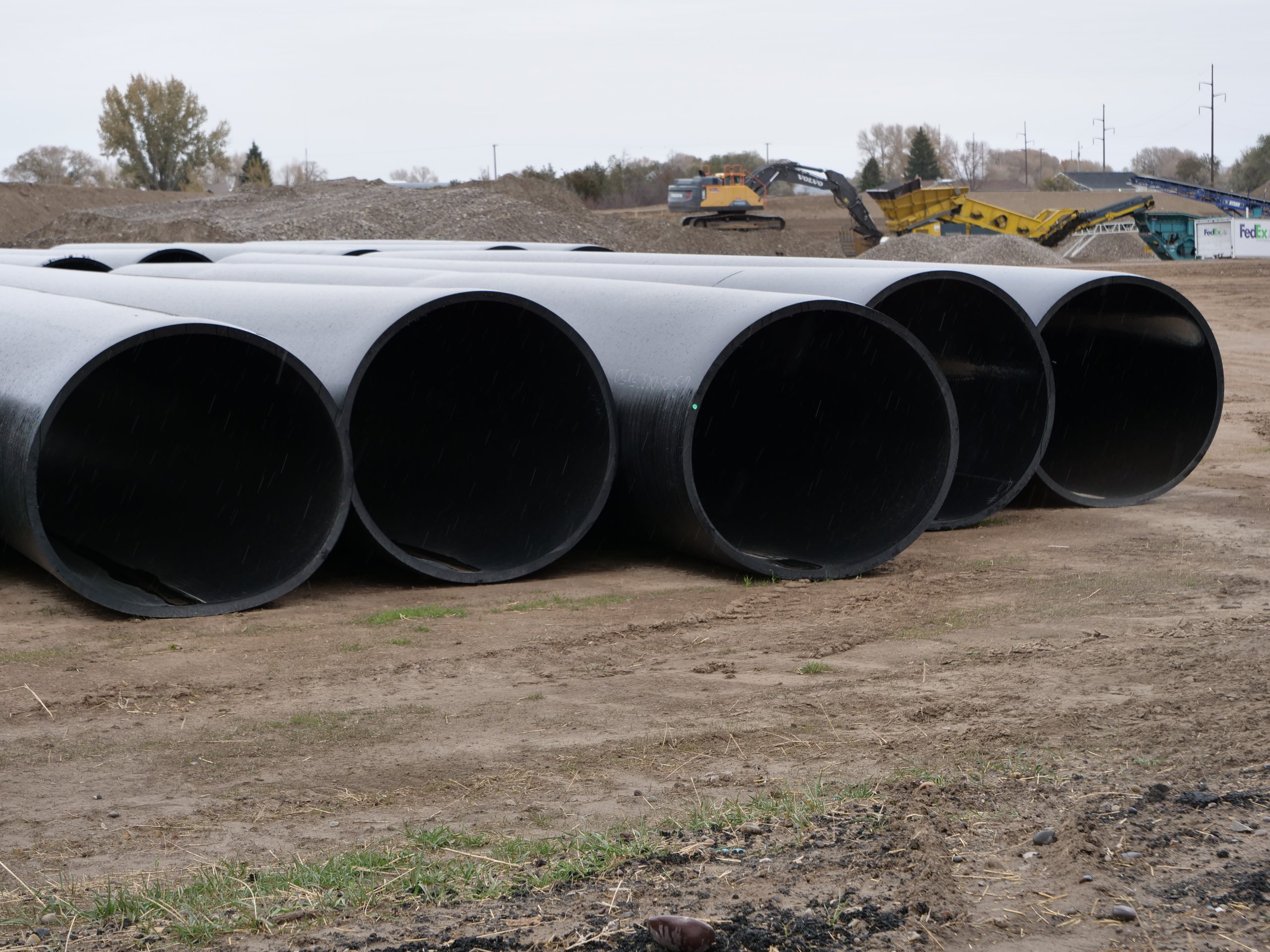Background
The flume of the Enterprize Canal near Ririe, Idaho was a little over 50 miles - as the crow flies - from the site of the largest rockslide in U.S. history.
Now that crow's flight soars over one of the most recognizable mountain ranges in the world - the Tetons.
Nothing was going to stop the 50 million cubic yards of debris sliding off the north face of Sheep Mountain on June 23, 1925, from affecting life one state over. The half-mile-wide landslide created a mile-long natural dam on the Gros Ventre River that geologists and other "experts" deemed sound.
But on May 18, 1927, after a pair of harsh winters, they were proven wrong when flood waters burst through the debris and flooded the city of Kelly, Wyoming seven miles down the road. Only the schoolhouse and the church remained.
Nearly 20 miles away, the city of Wilson, Wyoming was under six feet of water.
Eventually, the burden of the flood waters fell upon the Snake River, and that's where the Enterprize flume we spoke of comes into play.
The canal diverts water from the Snake River for irrigation. The flooding washed out the flume and subsequently an agreement with another canal company was drawn up to ensure that half of the Enterprize Canal customers would continue to receive their water.
Nearly 100 years later - that agreement has expired.
Solution
But Darrel Ker had a "pipe dream".
And ISCO worked with him to make that dream a "pipe reality" with over one-and-a-half miles of 63-inch HDPE pipe to enclose the southern portion of the Enterprize Canal.
But like the history behind the flume and canal - there is a broader story to be told about water in Idaho.
Idaho is the 14th largest state in the U.S. by square mileage but ranks 39th in population. That combined with an enormous volume of fertile farmland, Idaho has the highest per capita water consumption in the U.S.
With that in mind, Idaho Governor Brad Little has made it a point of emphasis to address and modernize Idaho's Water Infrastructure and is seeking to check three boxes: improve water conservation, enhance water reliability, and increase the ability to store and re-charge water in the dry years.
The leak-free, 63” HDPE enclosed pipeline directly addresses water conservation. Calculations determine that the pipeline will save 7500-acre feet of water that is normally lost to seepage and evaporation.
Now "enhances water reliability" is a little more ambiguous in my mind. Boiled down to a very general definition, it is essentially meeting demand over some time with supply.
More than 200 producers are farming over 5,000 acres of farmland that rely on water from this canal. The pipeline and water it conserves will combine to meet those needs and check box number two.
The final checkmark required to satisfy Governor Little's plan is to "increase the ability to store and recharge water."
The Eastern Snake Plain Aquifer is roughly the size of Lake Erie.
There are three million acres of farmland on the Snake River Plain that are irrigated, with approximately one-third of the water supplied from wells drilled into the aquifer and the remaining two-thirds from canals.
Flood irrigation was a common practice before 1950 but was not efficient because the water went back into the groundwater supply - sprinklers assisted in better irrigation for the crops, but the aquifer and groundwater levels declined, so other manners of recharge needed to be found.
So, in addition to the pipeline, three recharge basins are being constructed near the pipeline and will be supported by waters from multiple partners, including a 48-inch HDPE line from the Enterprize Canal that ISCO supplied.
The recharge basins are gravel-lined, and are over 40 feet deep. They are designed to seep into the aquifer and replenish water at the site, instead of flowing west to adjacent states and into the Pacific Ocean.
Three boxes checked in what is a small piece to the overall water infrastructure vision in the "Gem State".
Ker, an Idaho native and project owner recalls a time in his childhood when his parents lived on a 25-acre farm that pulled water from the canal for seventy-five dollars a month.
"They almost lost the farm because my dad had a choice between buying hay or paying the bill. My dad said we have cows to milk and kids to feed."
And so, the canal fee was paid.
Decades later Ker and the state are doing what they can to ensure future decisions like that for others are unnecessary.
One hundred years after the landslide and flood, ISCO and HDPE have a solution that alleviates concerns for the next 100.
SUBSCRIBE TO ISCO UPDATES
ISCO Updates
[gravityform id="21" title="true"]

